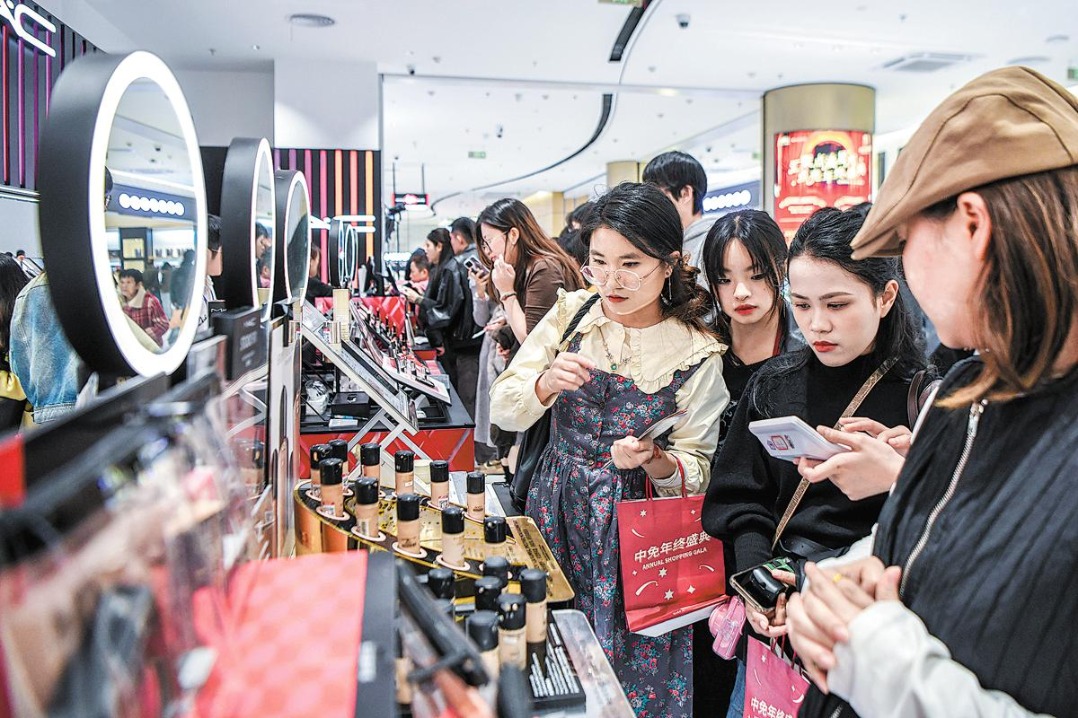Tech marvel
By HOU CHENCHEN/ZHU XINGXIN | China Daily | Updated: 2024-10-11 09:35

Zhang Xiao, a professor of digital media art at Taiyuan University of Technology, said that the 3D scanning equipment was so large that it required two men to lift it, and scanning had to be performed on scaffolding approximately 7 to 8 meters high.
"Since the scanning equipment had to remain stationary, any movement would cause it to shake. This meant we often had to wait for a while before we could continue with the digital restoration," Zhang said, adding that students frequently had to remain on the scaffolding all day without coming down.
After the data was collected, the restoration team had to verify whether the fragments provided by the University of Chicago actually came from Tianlong Mountain and, if so, from which specific location.
Zhang said many sculptures were severely damaged when they were stolen and smuggled, adding that a sculpture kept by Harvard Art Museums, for example, faced significant "identity verification difficulties".
The sculpture was in thin slabs, and removing them would have caused severe fragmentation.
"Museum staff abroad attempted repairs but the result differed markedly from the original. Verifying whether it was from Tianlong Mountain required extensive research and discussion," Zhang said.
Zhao, the dean, said many Buddha heads that had been violently detached had shattered necks and shoulders, making their restoration extremely challenging. Sometimes, due to differing states of preservation, he said the head and torso appeared "unnatural" when combined to form a digital image.
Despite these hurdles, the team preserved disjointed or incomplete sculptures. This allowed them to be connected to the original site without further modification, thereby maintaining their authenticity.
Zhao said in the final stage of the process — when the relics are being prepared for digital presentation — artists adjust the color of the overseas sculptures to match the current appearance of the grotto. Missing parts of a sculpture are also included to create visual harmony.
So far, the team has successfully digitally restored over 100 artifacts taken from 11 grottoes.
























